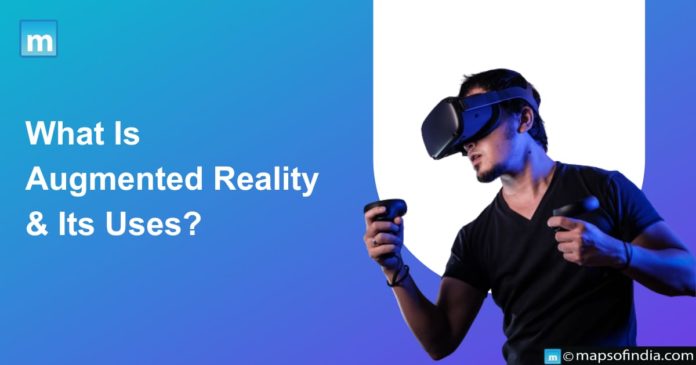Technology like augmented reality provides many solutions in various novel and unexpected ways for many particular business needs. A busy world that already exists is enhanced by augmented reality, as opposed to virtual reality, which creates its online environment.
Reality
Reality is rather than how we imagine the things around us to be, and we should consider how things are. It is realistic rather than our imagination. Let us look at what augmented reality is.
What is Augmented Reality? (AR)
A computer-generated perception of the real world is enhanced through an interactive experience known as augmented reality. Digital content is superimposed on actual environments and objects using software, apps, and hardware like AR glasses. This improves users’ experiences and creates a learning environment, which is especially useful in manufacturing and Industry 4.0 processes. It enables industrial users to interact as “one” with their systems and equipment and enhance technology and IoT networks with human ingenuity, observation, and creativity.
Main Advantage
Augmented reality, which also has the potential to modify natural settings in some way visually, allows users to access more information. The main advantage of augmented reality (AR) is how it melds digital and three-dimensional (3D) elements with how people perceive the real world. Augmented reality has many uses in addition to being entertaining.
Works
The user can interact with the object or environment through movement and gestures, voice commands, or touchscreen commands sent to the cloud.
Through a tool like a smartphone or pair of glasses, augmented reality (AR) provides users with visual elements, sound, and other sensory information. As a result of this information being superimposed on the device, the user’s perception of the outside world is changed by digital information. Superimposed information over a scene can be used to enhance it or conceal some of the surrounding natural beauty.
Uses
Augmented reality gives workers more knowledge and context about the products or machines they’re working on and their environment by fusing the physical with the virtual to improve how people work. By assisting in site reconstruction, AR has benefited archaeological research. The use of 3D models allows present and future archaeologists, as well as museum visitors, to tour an excavation site virtually.
-
Controlling Quality
Integrating AR into quality control and assurance has advantages such as a shorter time to market, improved production processes, and production defect prevention.
-
Development and Design
Before anything is built, product designers can make products come to life, test them, and adjust.
-
Safety and Maintenance
They can connect with a professional anywhere to help them diagnose or fix a problem or access the most recent user manual.
Examples
The Snapchat app’s filters use augmented reality to apply a filter or mask to the user’s Snap or image. Google Glass is the first commercially successful attempt at an augmented reality system using glasses. Users can work hands-free thanks to this tiny wearable computer.





